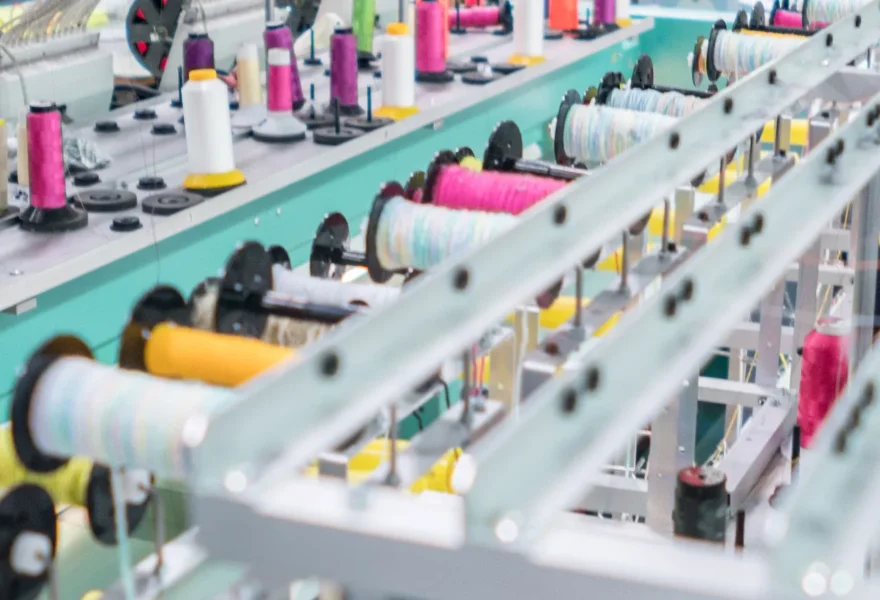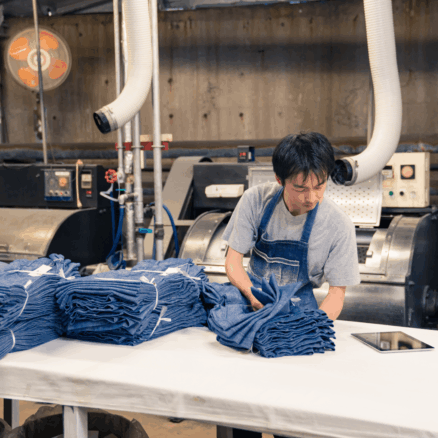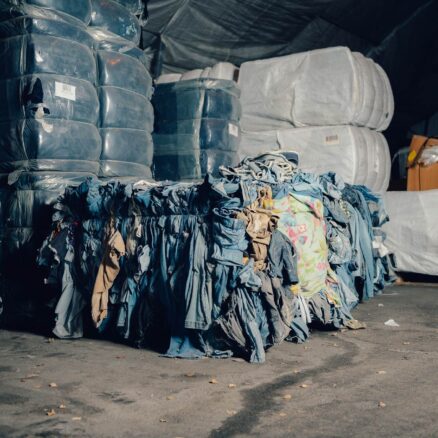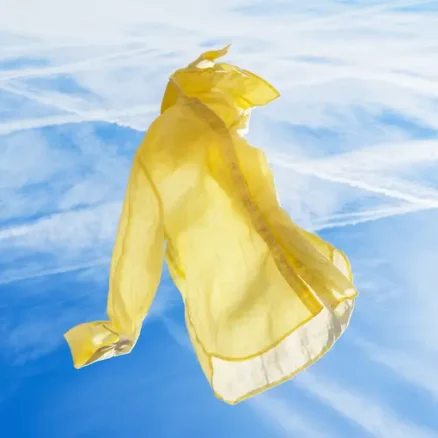Vogue Business | In an effort to convert the fashion industry from a design-make-sell model to a design-sell-make model, microfactories have entered the market to provide quick, nearshore and low-impact production. This method allows fashion brands to produce only what is needed, minimizing waste and responding swiftly to market demands.
Between minimizing the impact of production and exploring alternative materials, brands can be doing a lot more to make meaningful progress on their sustainability goals. Quantis‘ Global Fashion + Sporting Goods Lead Philipp Meister weighs in on how partnerships between material innovators and microfactories present an opportunity: “‘Lots of those innovators are still in the incubation phase. And that’s an interesting phase to then collaborate with microfactories, because they don’t need to set up large-scale material production’ he says. Meister calls the potential link-up of multiple small-scale entities a ‘micro-supply chain’, which could see the agility and efficiency of microfactories echoed across different tiers of production.”



